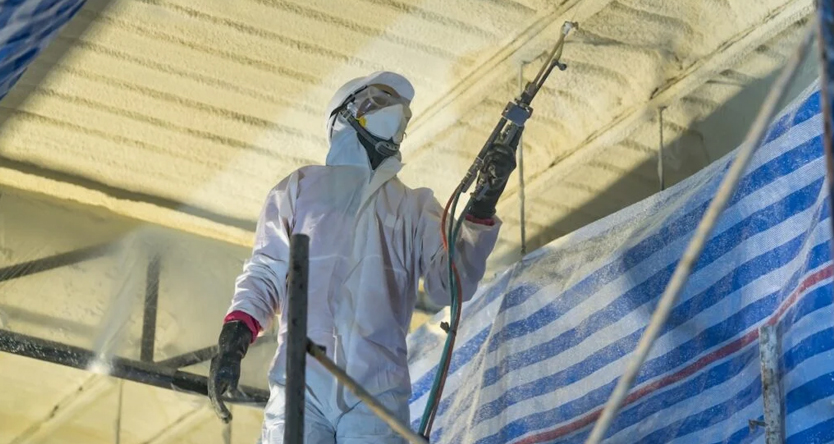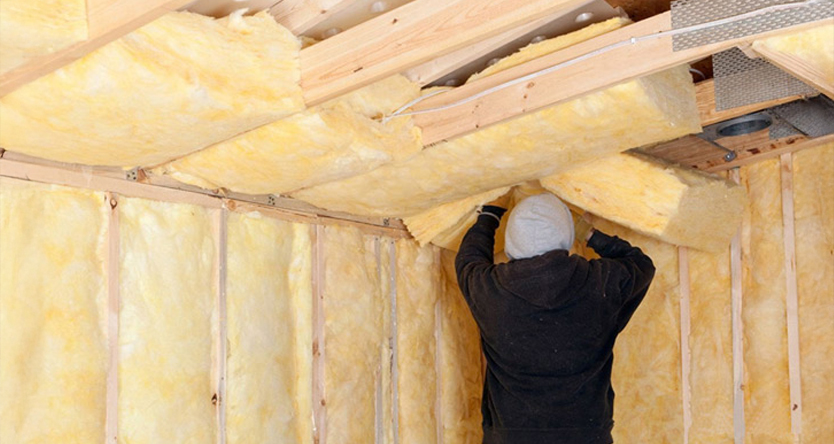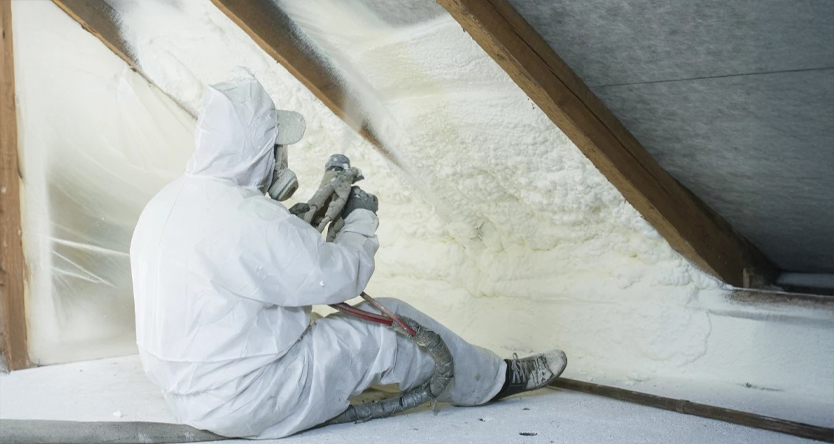Being an Aussie landlord is all about balancing a multitude of tasks—property upkeep, tenant satisfaction, and naturally, maintaining operating expenses.
Among the thousand things on your plate, something that usually goes unnoticed but makes an enormous impact is insulation.
Yes, proper insulation can result in lower electricity bills, a warmer house for your renters, and even an increase in your property value. Win-win, no?
This blog is your one-stop comprehensive guide to Insulation Strategies for Landlords.
We’ll take you through the best insulation types, what it does for your rental’s energy efficiency, and why your tenants will thank you.
And we’ll keep it fun, simple, and full of actual Aussie context—because nobody wants to read like they’re sitting in high school science class.
1. Why Landlords Should Care About Insulation?
Now. Let’s discuss the reasons why insulation is relevant.
Slashes Power Bills
A stable indoor temperature is what good insulation provides, and what this means is less heating in winter and less cooling in summer. It results in lower power bills, which is a major plus for any tenant seeking affordable living.
Boosts Tenant Satisfaction
A properly insulated house is just cozier. Nobody likes cold floors or sweltering hot summers inside. Contented tenants are apt to renew their rental contracts and be kinder to the property.
Boosts Property Value
Insulation investment is a step up. Energy-efficient homes appeal more to renters and prospective buyers.
2. Ceiling Insulation
Prevents Heat Loss Upwards
No ceiling insulation? Without proper insulation, that heat quickly rises and disappears. That’s like heating the sky—useless and costly.
Easy to Install, Big Results
Whether you’re renovating or maintaining, installing batts in the ceiling is relatively simple. It won’t take long before you start seeing results.
Consider R-Value
For local climates, ceiling insulation with an R-value between R4.0 and R6.0 works best. The higher the R-value, the more it helps control your home’s temperature.
3. Wall Insulation
Enhances Comfort All Year Round
Wall insulation is like keeping heat in your house during winter and out of your house during summer. It’s like dressing your house in a cozy jumper.
Retrofit Solutions Available
If your house is already constructed, no worries. Wall insulation can be retrofitted with not too much effort or expense.
Also Dampens Noise
Bonus features, wall insulation can also dampen external noise. Good if your flat’s on a noisy street.
4. Underfloor Insulation
No More Freezing Floors
Particularly in older weatherboard houses, the floors can be cold. It’s amazing how much warmer and cosier underfloor insulation can make your space.
Reduces Mould and Moisture
This type of insulation prevents rising dampness as well as moisture problems that can destroy the house and contribute to unhealthy living conditions.
Easy Upgrade
Products such as foil wrap insulation installation or rigid foam boards make ideal choices for under the house.
5. Garage Door Insulation
Don’t Neglect the Garage
If the garage is connected to the home, a living area, or storage, it also requires insulation. Otherwise, it is a heat tunnel.
Fast and Inexpensive
Garage door insulation kits are cheap and quick to install. Even professional home insulation contractors can knock it over in one day.
Improves Whole-Home Efficiency
Especially in open-plan designs, a hot or cold garage can affect the rest of the house. Seal the deal—literally.
6. Working With the Pros: Insulation Installers Matter
Get It Done Right
Yes, DIY sounds fun. However, a botched installation can cause gaps, thermal bridging, and no actual improvement. Call in the professional insulation installers who know their stuff.
Use Trusted Local Experts
If you’re based in Victoria, connect with home insulation contractors or specialised insulation installers in Melbourne. They understand the local building rules, climate, and which materials work best.
Ongoing Support
Many pros offer audits, energy assessments, and follow-ups. It’s not just about whacking some batts into a wall—it’s a service.
7. Foil Wrap Insulation Installation
Reflects Heat
During summer, foil wrap insulation reflects radiant heat, while in winter, it helps retain indoor warmth. Ideal for Aussie houses fighting both weather extremes.
Ideal for Sheds, Garages, and Roofs
Lightweight, easy to handle, and ideal for areas not suitable for bulky insulation.
As a Moisture Barrier
Stops condensation and mould, particularly in damp areas or underfloor areas.
8. Tenant Communication is Key
Let Them Know What You’re Doing
Tenants will thank you if you explain clearly. Tell them how it’ll benefit them—comfort, savings, and a more sustainable home.
Ask for Feedback
They reside there, anyway. They may inform you of which parts feel chilly or drafty, providing you with actual feedback.
Conclusion
Upgrading insulation might not be the flashiest investment, but it’s one of the smartest, especially when you’re thinking long-term.
The right Insulation Strategies for Landlords not only lower bills but make homes genuinely better to live in.
Whether it’s Ceiling Insulation, Wall Insulation, or even garage door insulation, the benefits stack up quickly.
At AA Insulation, we know that keeping your tenants happy starts with smart, long-term choices, like proper insulation.
When your rental property is well-insulated, everyone benefits: tenants enjoy year-round comfort, and you see the rewards through lower energy bills and reduced maintenance.





